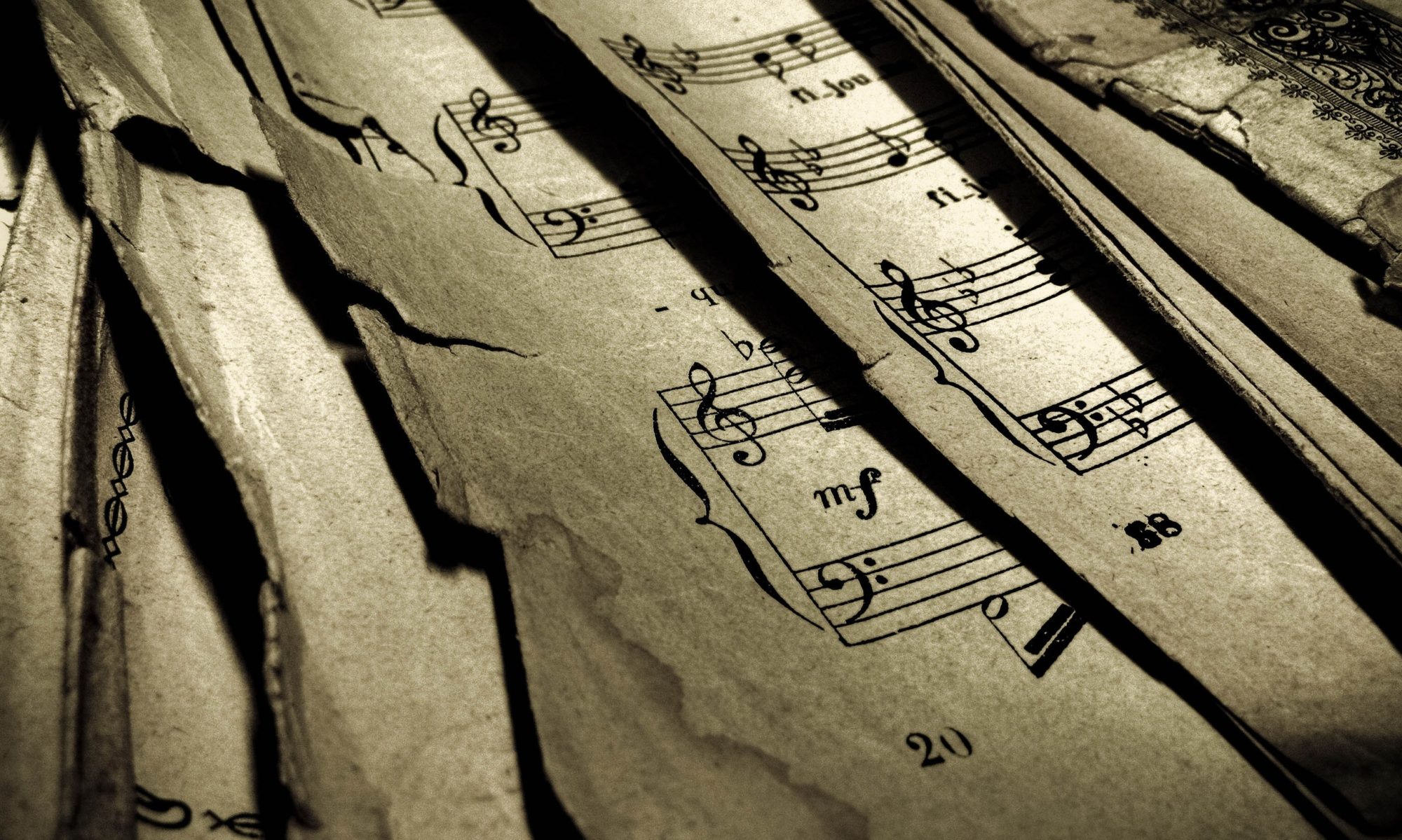-
Wilder Munck posted an update 5 years, 5 months ago
The forge may be the heart of the blacksmith’s shop. It is inside the forge the blacksmith heats metal until it reaches a temperature and becomes malleable enough for him to make use of his other equipment to shape it.
The original blacksmith’s forge has developed and become newer with time, but the fundamental principles remain unchanged. The most typical forge may be the one fired by coal, charcoal or coke. The forge is often a specially engineered fire place the place that the temperature may be controlled so the metal is heated for the temperature the blacksmith wants, depending on what he promises to do – shaping, annealing or drawing. The there main elements of the forge are:
· The hearth the place that the burning coke (or other fuel) is contained as well as over that the metal is positioned and heated.
· The Tuyere which is a pipe leading into the hearth through which air needs. The strength of the flames and the heat it produces depends on the quantity of air being fed into it from the Tuyere tube.
· The bellows would be the mechanism by which air has through the Tuyere tube in the hearth. While earlier bellows were pumps run by muscles power, modern forges have high power fans or bowers to make air into the Tuyere
The blacksmith adjusts a combination of air and fuel within the hearth the make the exact temperature required to heat the metal. A regular blacksmith’s forge will have a flat bottomed hearth using the Tuyere entering it from below. The main with the fire might be a mass of burning coke down the middle of the hearth. For this burning coke will be a wall of hot, but not burning coal. This wall of coal serves two purposes. It provided insulation and possesses and focuses heat with the fire into a limited area, allowing the blacksmith to heat the metal inside a precise manner. The coal also becomes transformed in coke which could then be harnessed for fuel for the hearth.
The outer wall of the fire comprises of a layer of raw coal, and this can be kept damp in an attempt to control the warmth from the inner layer of hot coal to ensure that is may slowly "cook" into coke.
The dimensions of the fireplace as well as the heat it generates may be changed by either adding or removing fuel from that also and adjusting air flow. By changing the form in the outer layers of coal, the form with the fire can even be modified to fit the contour with the metal piece being heated.
Many modern blacksmiths use gas forges. They are fueled by either natural gas or propane. The gas is fed in the hearth, that is lined by ceramic refractory materials, and mixed with air and ignited. The pressure where the gas will be fed in the hearth can be adjusted to alter the temperature. While gas forges are easier to use and wish less maintenance and cleaning, the disadvantage is that, unlike a coal fired forge, the contour of the fire is proscribed and will not be changed to accommodate the contour and sized the metal being heated.
For more details about
vovka v samare take a look at our web page.

Tali Gottfried and Grace Thompson